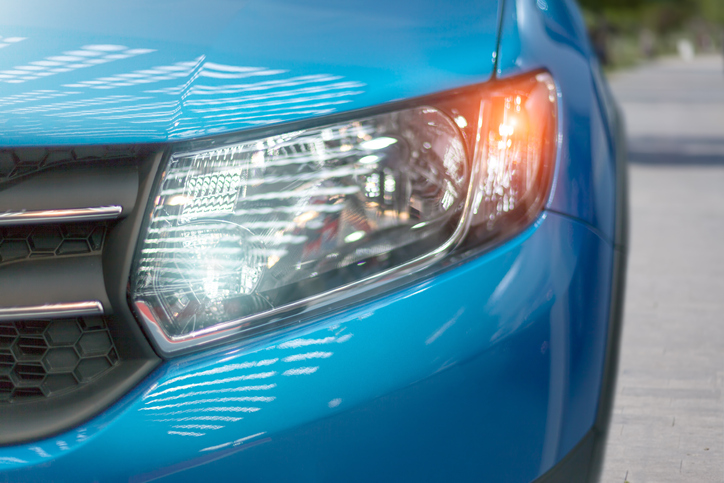A Brief History of Car Headlights: What Those Training in Automotive Industry Disciplines Should Know

A lot of us don’t really think too much about our car headlights beyond expecting them to work when we switch them on, or when the time comes to replace a bulb. Yet the history of this important car feature is worthy of some attention, having evolved from gas-burning lamps into high tech LED varieties.
To know a little more about headlights and how they got their start in the automotive world, let’s take a quick look at the interesting history of this essential car part.
Let There Be Light with Acetylene or Oil-Fuelled Lamps
It didn’t take long after the first cars were introduced to realize some form of light would be needed to extend their use beyond sundown.
The first headlights appeared in the late 1880s in the form of either acetylene or oil-fuelled lamps. Gas acetylene was generally preferred, due to its flame’s resistance to rain and wind. With a mirror behind the flame to help focus the light forward, this early car light was useful, if a little on the primitive side.
Electric Lights Steal the Spotlight
The first electric headlamp was introduced in 1898 on the Columbia Electric car. This company seemed to be ahead of its time, building some of the world’s first electric cars and offering low powered headlamps as a feature to buyers. While it did offer some benefits, the technology still needed some time to become established.
The car manufacturer Peerless made electric headlights standard across its range as of 1904, with Pockley Automobile Electric Lighting Syndicate taking it a step further in 1908 by offering a complete set of headlights, side lights, and rear lights electrically powered through an 8-volt battery. Just four years later, Cadillac would introduce the first modern-style automotive electrical ignition and lighting system, similar to the electrical systems that those training in automotive industry practices will come to know so well.
Modern Sealed Beams Turn to Halogens
Around 1940, the modern sealed beam was introduced, making use of a tungsten filament, lens, and curved mirror sealed all together to produce a brighter and more focussed light. There were some problems with this design, though (including the amount of energy it took to produce the light and the dark residue it left on the glass).

By 1957 new laws came into effect, allowing for different sizes and shapes for illuminating the road. This got designers in Europe to think up new ideas, which eventually led to the first vehicle-mounted halogen lamps in 1962. Drivers finally had the high visibility they needed to see well in darkness, with these halogen headlights being longer-lasting and brighter than ever before, and also offering a high beam setting for the first time. If you’re learning how to become a mechanic, you’ll be intrigued to know that halogens have persisted to this day, used as the preferred headlight of many modern car manufacturers.
High Intensity Discharge Lamps
Looking to further improve the illuminating capability of headlamps, automotive designers came up with High Intensity Discharge (HID) lights in 1991. Also known as xenon headlights, HIDS last ten times longer than halogens, and became increasingly popular in the 2000s. The only problem was a dazzling phenomenon that came with trying to fit them to traditional light assemblies, keeping them largely relegated to the luxury car niche.
The Modern LED Lights You Might See After Training in Automotive Industry Repairs
By 2008, light-emitting (LED) technology took over the field, starting with the Audi A8. The German car manufacturer continues to lead the way in LED technology, even making use of satellite navigation to direct the beam to the oncoming curve in the road before the wheel is even turned towards it.

Laser LEDs represent the latest illuminating advance. They are 30% more efficient than LEDs and illuminate up to twice the distance, but are still only used on high beams, as they don’t focus as well as standard LEDs. The latest technology adds an intelligent camera that looks ahead and adapts the laser’s beam to prevent blinding oncoming drivers.
Interested in pursuing an automotive career by taking auto technician training in Vancouver?
Contact ATC for more information on their specialized programs!

